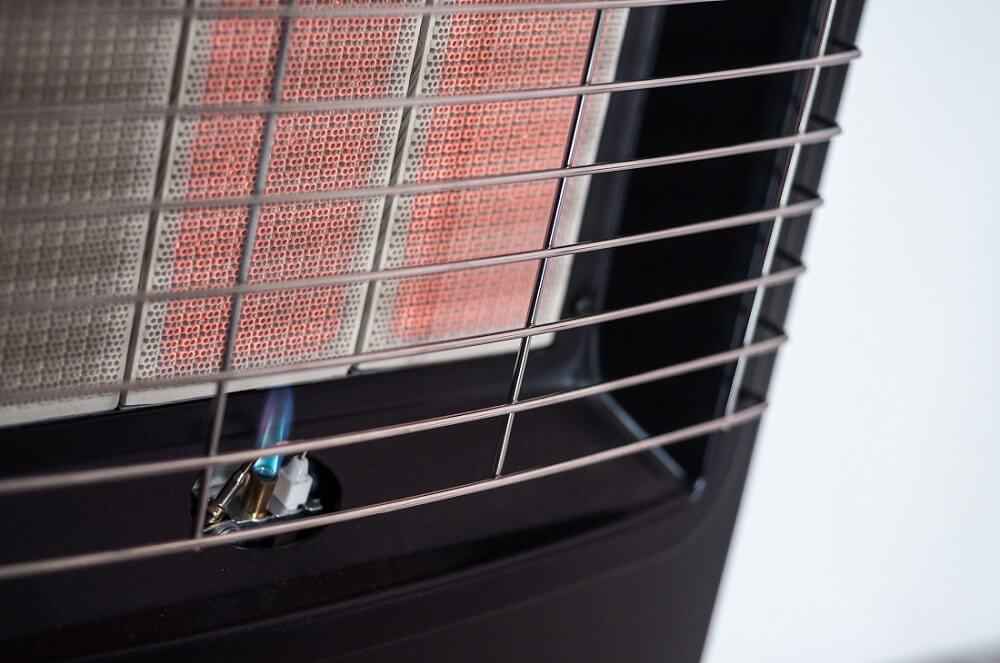How Does a Gas Heater Work?

Heaters are mandatory, especially when the temperature falls to its coldest. There are various types of heating systems to pick from, and every heater functions differently. Gas heaters are the top option, and they work a bit differently than other heaters.
Here is some important information about how gas heaters genuinely work;
Home furnace
A home furnace is more like a gas heater and is also called a domestic furnace. This is because gas heaters are usually installed in homes to deliver warmth during the freezing winter months. As the temperature falls, the home furnace is turned on to deliver the warmth we need. The size of the space that a gas heater warms depends on its type.
What is the difference between them?
Gas heaters are installed permanently and have been transformed over time to respond to the environmental concerns. Some of the older models of heaters incinerated a huge range of substances including wood, oil, or coal in order to keep homes warm. Because of concerns for the environment, gas heaters have now become the ruling choice.
Types of gas heaters
When you are thinking about the functioning of a gas heater, there are various types to pick from. Natural gas heaters were believed the best, but now biogas, propane, and methane gas heaters are usually used.
3 parts of a Gas heater
You must understand first, how a gas heater works to learn their different parts. The first part of a gas heater consists of a draft inducer, venting, heat exchanges, and burners. Safety devices and controls form the second section of a gas heater, and the last part includes blowers. All of these components of a gas heater work unitedly to deliver optimum levels of warmth to any building or house.
The heating method that includes beams
Mostly, gas heaters are dependent on the radiant method of heating to deliver warmth. This process is different because it includes the fusion of air and gas to produce a flame that heats the air, which can be diffused through the room via a fan.
How does the radiant method work?
Part 1: The number 1 part of how a gas heater works includes using a thermostat. This thermostat is needed to serve as a sensor to measure the room temperature and determine when it has fallen below the set level. If the temperature has dropped below a specific level, the thermostat acts to open the gas valve and let the gas enter the heater. This demonstrates that a working thermostat is essential for the overall working of any gas heater.
Part 2: Gas gets into the furnace via the intake duct, which is the section where the gas combines with cold air to create a flame. Cool air gets drawn into the heater at the bottom or the top. This can be a subject of priorities and is put together at the time of installation. The air that enters the heater goes over hot tubes and thus generates hot air. This step is crucial to the entire functioning of a gas heater, as it is the section that produces the hot air needed to add warmth to any space.
Part 3: The last part of how a gas heater works includes the method of moving the air. This needs the hot air to be moved via the heat exchange and then passed by a vent. A device that passes heat from one component to another is called the heat exchange. This device is typically used in different appliances. As the hot air moves through the heat exchange and is passed into the vent, it is then moved out into the home.
The genuine working of your gas heater can be slightly different depending on the gas heater type. Portable and permanent gas heaters work in different ways, which can change the working method of your gas heater.
For further queries and gas heater installation, you can reach out to us at QuickAir. We have a team of professionals to assist you in understanding how a gas heater works and offer you high quality gas heater installation. Just give us a call at 1300 730 896.
